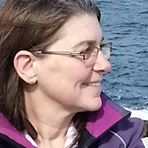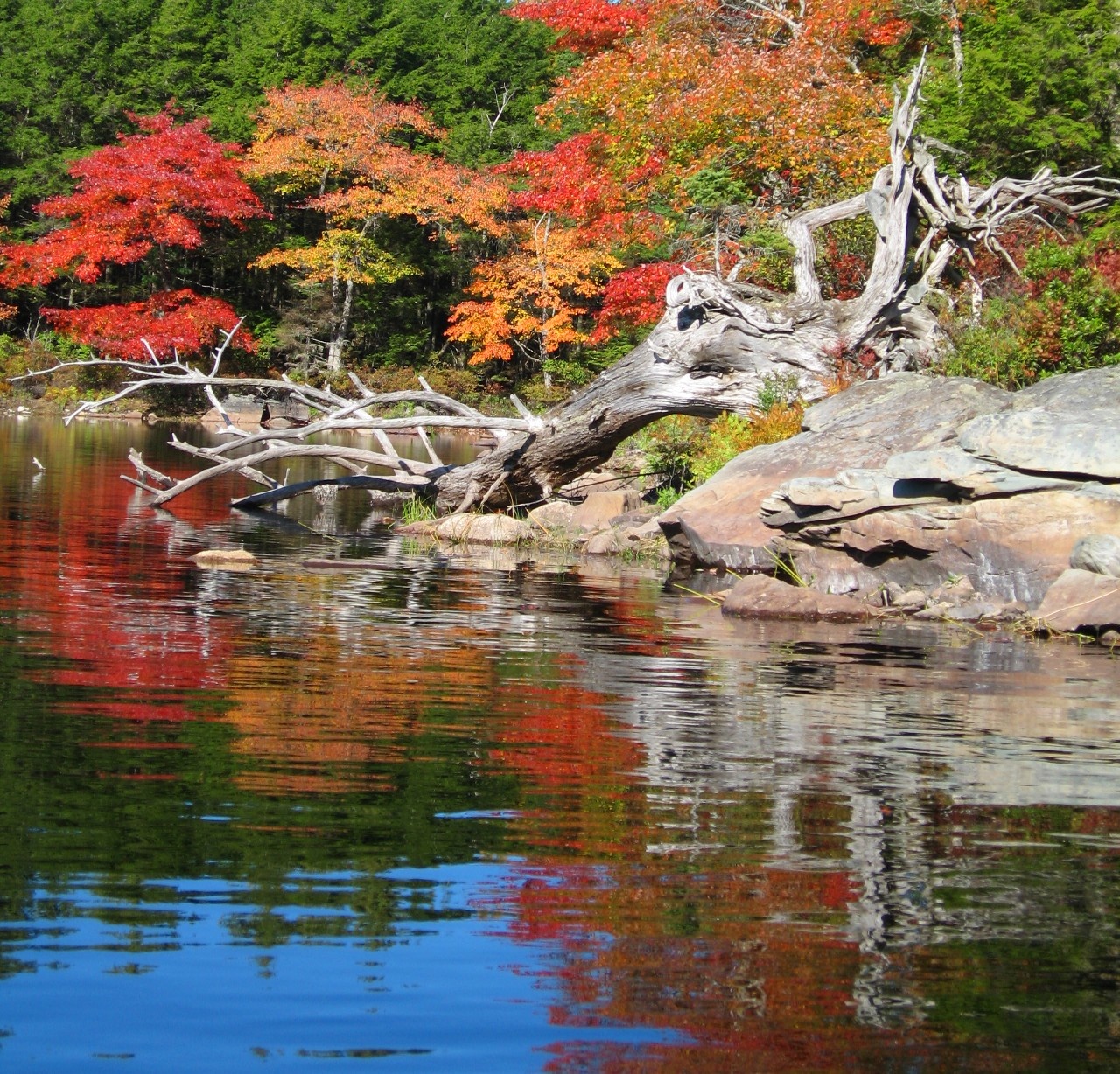Selected Publications (Last 5 years; complete list at )
Michl SC, Ratten J, Beyer M, Hasler M, LaRoche J, Schulz, C. 2017. The malleable gut microbiome of juvenile rainbow trout (Oncorhynchus mykiss): Diet-dependent shifts of bacterial community structures. PLoS ONE (12), e0177735
Jickells TD, Buitenhuis E, Altieri K, Baker AR, Capone D, Duce RA, Dentener F, Fennel K, Kanakidou M, LaRoche J, Lee K, Liss P, Middelburg JJ, Moore JK, Okin G, Oschlies A, Sarin M, Seitzinger S, Sharples J, Singh A, Suntharalingam P, Uematsu M, Zamora LM. 2017. A reevaluation of the magnitude and impacts of anthropogenic atmospheric nitrogen inputs on the ocean. Global Biogeochemical Cycles (31), 289-305
Sargent EC, Hitchcock A, Johansson SA, Langlois R, Moore CM, LaRoche J, Poulton AJ, Bibby TS. 2016. Evidence for polyploidy in the globally important diazotroph Trichodesmium. FEMS Microbiology Letters (363), fnw244
Martinez-Perez C, Mohr W, Löscher C. R, Dekaezemacker J, Littmann S, Yilmaz P, Lehnen N, Fuchs BM, Lavik G, Schmitz RA, LaRoche J, Kuypers MMM. 2016. The small unicellular diazotrophic symbiont, UCYN-A, is a key player in the marine nitrogen cycle. Nature Microbiology (1), 16163Ìý
Löscher CR, LaRoche J, Schmitz RA. 2015. Underestimation of Marine Dinitrogen Fixation: A Novel Method and Novel Diazotrophic Habitats Biological Nitrogen Fixation, 891-896A
Kopf A, Bicak M, Kottmann R, Schnetzer J, Kostadinov I, Lehmann K, ...(157 authors) 2015. The ocean sampling day consortium. GigaScience 4 (1), 1-5
Langlois R, Großkopf T, Mills M, Takeda S, LaRoche J. 2015. Widespread Distribution and Expression of Gamma A (UMB), an Uncultured, Diazotrophic, γ-Proteobacterial nifH Phylotype. PLoS One DOI: 10.1371/journal.pone.0128912
Ratten JM, LaRoche J, ÌýDesai DK, Shelley RU, Landing WM, Boyle E, Cutter GA, Langlois RJ. 2015.ÌýSources of iron and phosphate affect the distribution of diazotrophs in the North Atlantic.ÌýDeep Sea Research Part II: Topical Studies in Oceanography 116: 332-341.
Wallace DW, de Young B, Iverson S, LaRoche J, Whoriskey F, Lewis M, ... ÌýRae A. 2014. A Canadian contribution to an integrated Atlantic ocean observing system (IAOOS). In Oceans-St. John's, (pp. 1-10). IEEE.
Krupke A, Mohr W, LaRoche J, Fuchs BM, Amann RI, Kuypers MM. 2014. The effect of nutrients on carbon and nitrogen fixation by the UCYN-A–haptophyte symbiosis. The ISME journal.
Perner M, Gonnella G, Kurtz S, LaRoche J. 2014.ÌýHandling temperature bursts reaching 464° C: different microbial strategies in the Sisters Peak hydrothermal chimney. Appl.Environ. Microbiol, AEM. 01460-141.
Loescher CR, Großkopf T, Desai FD, Gill D, Schunck H, Croot PL, Schlosser C, Neulinger S, Pinnow N, Lavik G, Kuypers MMM, LaRoche J and Schmit RA. 2014.ÌýFacets of diazotrophy in the oxygen minimum zone waters off Peru.Ìý doi:10.1038/ismej.2014.71
Krupke A,ÌýMusat N,ÌýLaroche J,ÌýMohr W,ÌýFuchs BM,ÌýAmann RI,ÌýKuypers MM,ÌýFoster RA. 2013.ÌýIn situ identification and Nâ‚‚ and C fixation rates of uncultivated cyanobacteria populations. Syst Appl Microbiol. 36(4):259-71. doi: 10.1016/j.syapm.2013.02.002.Ìý
Moore CM, Mills MM, Arrigo KR, Berman-Frank I, Bopp L, Boyd PW, Galbraith ED, Geider RJ, Guieu C, Jaccard SL, Jickells TD, LaRoche J, Lenton TM, Mahowald NM, Marañón E, Marinov I, Moore JK, Nakatsuka T, Oschlies A, Saito MA, Thingstad TF, Tsuda A, Ulloa O. 2013.ÌýProcesses and patterns of oceanic nutrient limitation. Nature Geoscience, DOI: 10.1038/NGEO1765
Mohr W, Vagner T, Kuypers MMM, Ackermann M, LaRoche J. 2013. Resolution of Conflicting Signals at the Single-Cell Level in the Regulation of Cyanobacterial Photosynthesis and Nitrogen Fixation.ÌýPlos One 8(6).
Desai DK, Schunck H, Loeser JW,ÌýLaRoche J. 2013. Fragment recruitment on metabolic pathways: comparative metabolic profiling of metagenomes and metatranscriptomes. Bioinformatics 29(6): 790-791.
Roy A-S, Gibbons SM, Schunck H, Owens S, Caporaso JG, Sperling M, Nissimov JI, Romac S, Bittner L, Muehling M, Riebesell U, LaRoche J, Gilbert JA. 2013. Ocean acidification shows negligible impacts on high-latitude bacterial community structure in coastal pelagic mesocosms. Biogeosciences 10(1): 555-566.
Schunck H, Lavik G, Desai DK, GroSSkopf T, Kalvelage T, Loscher CR, Paulmier A, Contreras S, Siegel H, Holtappels M, Rosenstiel P, Schilhabel MB, Graco M, Schmitz RA, Kuypers MMM, Laroche J. 2013.ÌýGiant Hydrogen Sulfide Plume in the Oxygen Minimum Zone off Peru Supports Chemolithoautotrophy. PloS one 8(8): e68661.
Desai DK, Desai FD, LaRoche J. 2012. Factors influencing the diversity of iron uptake systems in aquatic microorganisms. Front. Microbio. 3:362. doi: 10.3389/fmicb.2012.00362
Großkopf T, Mohr W, Baustian T, Schunck H, Gill1 D, Kuypers MMK, Lavik G, Schmitz RA, Wallace DWR, LaRoche J. 2012.ÌýDoubling of marine dinitrogen-fixation rates based on direct measurements. Nature 488, 361–364. doi:10.1038/nature11338
Großkopf T,ÌýLaRoche J. 2012. Direct and indirect costs of dinitrogen fixation in Crocosphaera watsonii WH8501 and possible implications for the nitrogen cycle. Front. Microbio. doi: 10.3389/fmicb.2012.00236
Lommer M, Specht M, Roy A-S, Kraemer L, Andreson R, Gutowska MA, Wolf J, Bergner SV, Schilhabel MB, Klostermeier UC, Beiko RG, Rosenstiel P, Hippler M, LaRoche J. 2012. Genome and low-iron response of an oceanic diatom adapted to chronic iron limitation. Genome Biology 13:R66
Halm H , Lam P, Ferdelman TG , Lavik G , Dittmar T, LaRoche J, D'Hondt S. 2012. Heterotrophic organisms dominate nitrogen fixation in the South Pacific Gyre. ISME JOURNAL Volume: 6 Issue: 6 Pages: 1238-1249 DOI: 10.1038/ismej.2011.182
Loescher CR, Kock A, Koenneke M, LaRoche J, Bange HW, Schmitz RA. 2011.ÌýProduction of oceanic nitrous oxide by ammonia-oxidizing archaea.ÌýPLoS ONE Biogeosciences, 9, 2419–2429, 2012 doi:10.5194/bg-9-2419-2012
Mohr W, Großkopf T, Wallace DWR, LaRoche J. 2010. Methodological Underestimation of Oceanic Nitrogen Fixation Rates. PLoS ONE 5: e12583. doi:10.1371/journal.pone.0012583
Ìý
|


 Teaching & Research
Teaching & Research